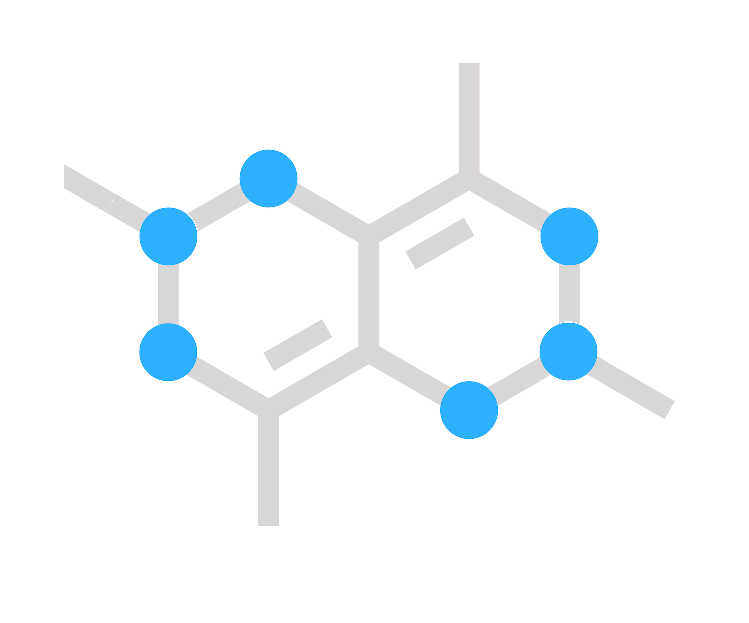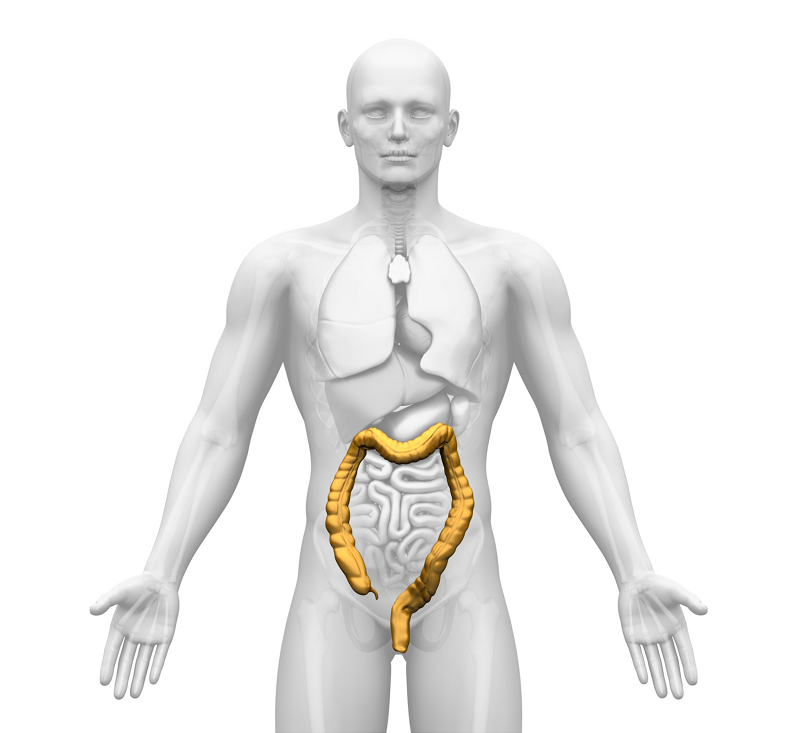Information Center
Ozonides

Organic Ozonide - Chemical formula: O3
Ozonide is the unstable, reactive polyatomic anion O− ₃ analog of ozone or any of several classes of organic peroxide compounds similar formed by the reaction of ozone with an unsaturated compound. Chemical formula: O3
How does ozone therapy work ?
Ozone therapy works on a simple idea: once ozone gas enters the blood, usually though an intervenous (IV) line (called autohemotherapy), it reacts with organic substrates and forms ozonides (organic peroxides). Before we get into the ideology of how ozonides work in the body, lets recap back to ozonolysis reaction with organic compounds such as natural oils.
Ozone is an inorganic
molecule, capable of reacting with both inorganic and organic compounds. Depending on the compounds structure ozone either reacts via chemical reaction or is absorbed into pure inorganic liquids via non-chemical reaction. Generally speaking ozone's interaction with organic substrates produce organic ozonides though chemical absorption .
Human beings are aerobic water based organisms and therefore ozone's interactions will be via chemical reaction will produce organic ozonides. This reaction is a similar process to ozone's interaction with unsaturated organic liquids. The process ''in very simple terms'' converts inorganic ozone into organic ozone.
when ozone is introduced into the blood or on external living tissue, it is very reactive and instantaneously finds another double bond (an unpaired molecule) in the body and reacts with it.
When this is happening, the double bonds in the lipids, serum and white and red blood cells, you get the formation of lipid peroxides (ozonides - Hydroxyperoxides) and it is the ozonides that effect a whole series of biochemical reactions and initialize the therapeutic benefits of ozone therapy lasting several days or even weeks.
When you place ozone, for instance, in the rectum, it reacts instantaneously. The reaction creates short chained peroxides (ozonides), which easily penetrates cell membranes and exhibit their benefits.
By saturating the body with peroxides, the total body energy is increased. This is accomplished when ozonides penetrate cell membranes and consequently penetrate into the membranes of mitochondria. When inside the mitochondria, the cellular energy production is increased (ATP -though glycolysis) stimulated by peroxides. These same peroxides also stimulate the white blood cells to make immune modulating substances called cytokines. Hence the immune stimulating and immune enhancing benefits of O3 therapies should also be noted.
When ozone is administered repetitively, there is a step- up in the amount of peroxides in the body, to peak levels.
At that point, the presence of these peroxides induces the formation of the anti-oxidant enzymes systems in the body, so that even though more peroxides are being added, the serum peroxide level goes down as more treatments are given. Therefore, there will be no excessive amounts of peroxides in the body.

Rectal insufflation (systemic ozonides) &
Bio-availability
History of rectal administration route.
Rectal administration pathway for transport of compounds systemically have been administered since before recorded history, using instruments ranging from cow horns and hollowed out bamboo shoots to metal syringes to inject laxatives, herbs, opium, turpentine, tobacco, oxygen and noxious chemicals. The word ‘enema’ is said to have come from a Greek word meaning ‘I throw it in’, but in fact until the late eighteenth century the preferred word was not enema but ‘clysters’.
Clysters were used in ancient India where they are listed in the two main texts on treatments, Caraka-Sambita and Susruta-Sambita5 and in both Mesopotamia and Egypt where it was recommended that they be used monthly. In Egypt, health was thought to depend on regular cleaning out of the rectum which was associated with residual decaying material which, if not washed out, could enter the bloodstream and cause illness. It is in Egyptian papyri, in particular Eber’s (c. 1500 BC), that mention is first made of using the rectum to give medications.
In 1888, a Dr Kellogg of Battle Creek Sanatorium, USA, reported on what he claimed was the first oxygen enema, explaining that the gas could be absorbed through the rectal mucosa in cases of hypoxia, his theory being based on the gaseous exchange he claimed takes place in the alimentary canals of certain fishes.
Rectal administration route
Rectal administration uses the rectum as a route of administration for medication and other fluids, which are absorbed by the rectum's blood vessels, and flow into the body's circulatory system, which distributes the ozonides systemically.
The rectal route bypasses around two thirds of the first-pass metabolism as the rectum's venous drainage is two thirds systemic (middle and inferior rectal vein) and one third hepatic portal system (superior rectal vein). This means medication will reach the circulatory system with significantly less alteration and in greater concentrations.
Finally, rectal administration can allow people to remain in the home setting when the oral route is compromised. Unlike intravenous lines, which usually need to be placed in an inpatient environment and require special formulation of sterile medications, a rectal catheter can be placed in the rectum in the home.
Nitrogen - Chemical Formula (N)
Rectal insufflations are classed as Non-clinical Applications, however, the oxygen purity for
systemic applications such as rectal insufflations should be of high purity. Oxygen
concentrators are not recommended for such applications, due to the few percent of nitrogen present. Oxygen concentrators use Pressure Swing Adsorption (PSA).
This system operates on a similar principle to the heat less desiccant dryer in that air is pressure fed to a molecular sieve. The selected media will be pressurized to then adsorb nitrogen, moisture, hydrocarbons, and CO2, leaving oxygen to flow through. When the pressure is reduced, the vapor, nitrogen, and other gases are dispersed and removed by the purged gas. The product gas contains about 90-95% O2 and a few percent each of nitrogen and argon.
Nitrogen is not a metabolic gas and isn't either produced or consumed in the body, its partial pressure is very high. No compound of blood can react with Nitrogen hence its diffusion is not possible though the lungs. O2 and CO2 are the important gasses for biological function and oxygen is very soluble though venous blood (mitochondria). Nitrogen gas is the primary cause of an air embolism, and although relatively an insoluble gas, this should not mean that its solubility should not be a consideration for systemic applications.
Bio-availability though Humidification of ozone gas
Must you humidify ozone before performing an insufflation?
Humidification of ozone gas is a process whereby ozone gas is infused though an inorganic liquid before administration. This subject is very controversial as such a claim contradicts the laws of chemical and non-chemical absorption. The Ozone Therapists I’ve consulted with over the years all contradicted each other to one degree or another. Some ozone specialists state that once ozone gas has been infused though a liquid, the gas has combined with a H20 water molecules in the process and thus creates better absorption for insufflations. I will explain why this perception contradicts the laws of absorption and exothermic reactions.
As previously mentioned in the article : ''Inorganic Liquids VS Organic Liquids''
''So ''Physical Absorption'', Physical Absorption refers to the absorption of gas into pure water or some other liquid with which it does not react. Non-chemical absorption is the opposite to chemical abortion, ozone gas is absorbed into organic liquids such as oil's via a chemical reaction called (ozonolysis). So to simplify and re-cap, ozone gas is absorbed into inorganic liquids via ''non-chemical reaction'', ''physical absorption'', and ozone is absorbed into organic liquids via chemical reaction ''chemical absorption''.
Waters ability to absorb light, heat, gases and solids though a non-chemical reaction still remains today a natural phenomenon. It would therefore be logical to conclude the mathematical calculations relating to dosages are only possible because ozone is absorbed into liquids via non-chemical reaction.
Calculating ozone concentration in organic liquids where they react chemically ''unsaturated oils'' encounter a complicated situation in which the concentrations of the reactants are in general not uniform, so it does not follow the classical Henrys's law in terms of linear solubility variation with pressure. Absorption that takes place simultaneously with the reaction, this organic reaction is called ozonolysis, the chemical reaction effectively converts ''inorganic ozone'' into ''organic ozone'' called ozonides. ''
.
Water is by far the most studied chemical compound but yet the functionality is not fully understood, H20 is a symbol, it describes the abstract idea, it is a linguistic way to communicate, In virtue of this, ordinary people needn’t have any true beliefs about water to refer to water.
The physical phenomenon of water, is its ability to absorb compounds via non-chemical reaction, water absorbs frequencies such as heat and light, it absorbs noble gas's, and solids forming ionic compounds called colloids, the absorbed compounds remain and retain the molecular state and properties before and after absorption ''via non-chemical reaction''. As ozone gas is infused though pure water, it leaves the water with the same properties it began with. Ozone generators are generally installed with an ozone destruct device, the compound works via exothermic reaction, it effectively speeds up the half life to that of x1000 quicker than natural decomposition in ambient air conditions. Catalysts come with different properties for dry or moist environments, dry ozone catalyst simply cannot react exothermically to convert ozone back into oxygen if any moisture is present. If it were true that H20 molecules attached to 03 molecules though the process of humidification, the mechanism of action would fail within minutes.
This is not to say water does not contribute to the absorption into the body, it most defiantly does and is a contributing factor, however it is commonly understood that the body is approximately 70% water and holds around 42 liters at any one time in normal hydrated circumstances, humans are already naturally “humidified” and hence penetrable to ozone or other substances.
Dr Paola Dziwetzki ''Humidification''
Quotation:
''Humidification of the skin helps to make it more penetrable but more crucial is heat to create what Velio Bocci calls “skin vasodilatation” to widen the capillaries of the skin so that ROS (reactive oxygen species) and LPS (lipid oxidation products) can enter.
Some people use FIR (far infrared) saunas with ozone.
FIR saunas do not use any H20 ''steam'', so there is no water involved, and yet you can get all the benefits from o3 because the FIR sauna is able to open up your pores and make blood vessels more accessible for the ozone via dry heat.
Same with ear insufflation – they feel wet inside. But it’s not water moisture, it’s the waxy/oily substance that the ears naturally produce.
Ozone is lipophilic so it will be attracted to that oil and penetrate it.''





